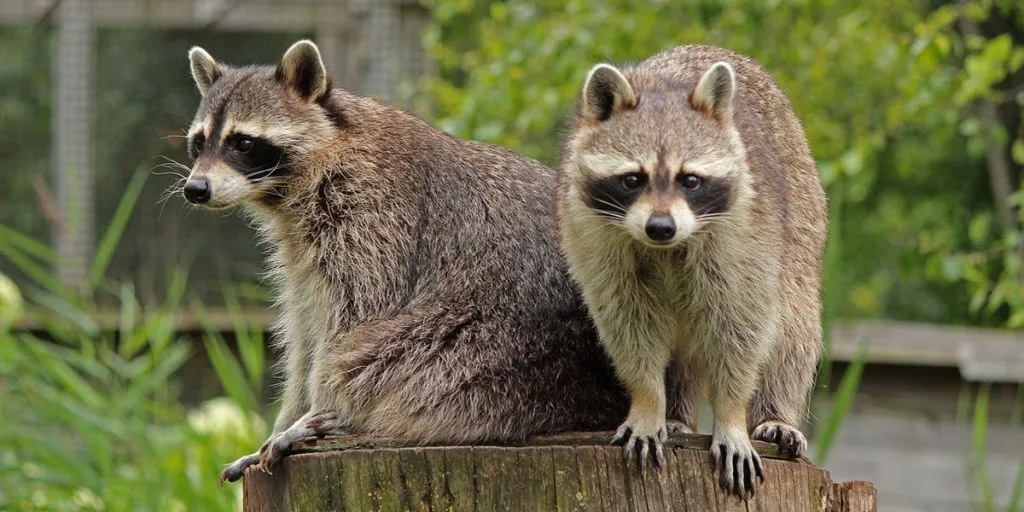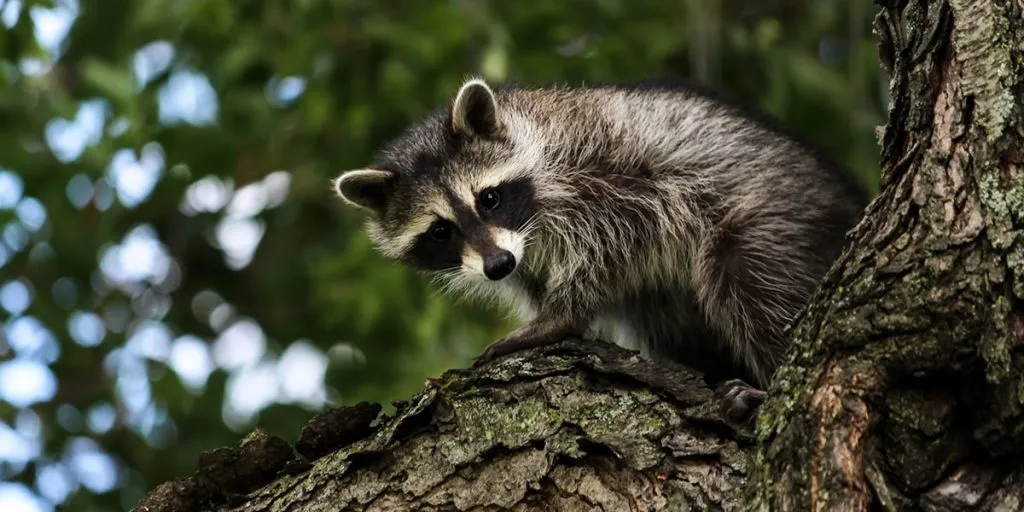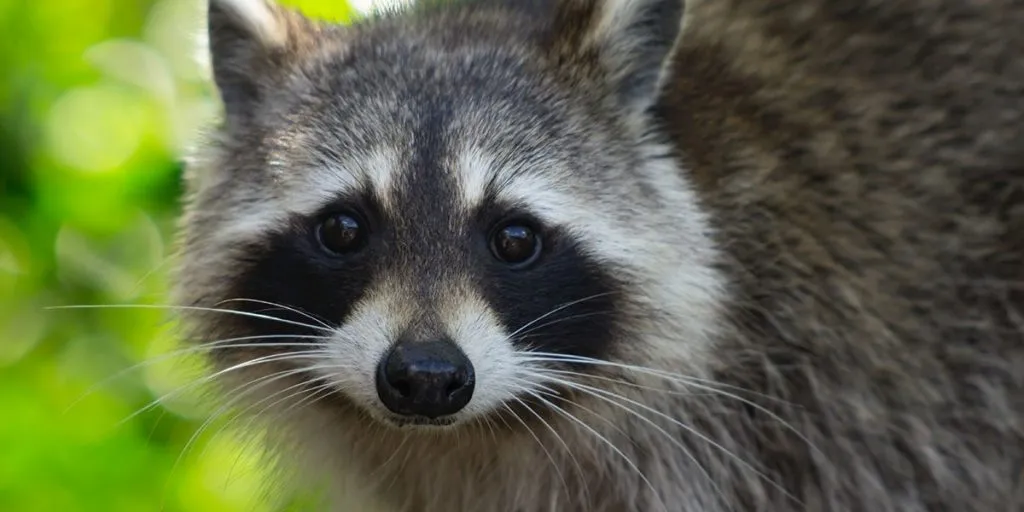Despite its considerable size, the average raccoon doesn’t live very long. The lifespan of a raccoon is a lot shorter than what you might imagine it to be, although there are some differences between the life expectancy of raccoons as wild animals and animals in captivity.
On average, a healthy wild raccoon with abundant food and shelter will live up to 10 years. However, the majority of wild raccoons have an average lifespan of 2 to 3 years, with most young not surviving past 1 year old. The lifespan of raccoons in captivity can reach up to 20 years.
The relatively short lifespan means that baby raccoons mature relatively fast. Juvenile raccoons leave the safety of their nest as soon as 8 to 9 weeks of age. Mothers will generally stay with their young until they are 8 to 12 months old.
Why Do Raccoons Have Such A Short Lifespan?
Most raccoons in the wild have such a short lifespan because of human intervention, disease, and predators. People see raccoons as pests and exterminate the animals in large quantities. Habitat degradation due to ecological damage is another major contributor to the shortened lifespan of raccoons.
Predators that kill and eat raccoons are not the main cause of death for the raccoon. Humans that hunt raccoons aren’t the main contributor either. Rather, it is the direct extermination of raccoons as pests, as well as indirect damage to nature that ends up killing most raccoons.
Second on the list are common raccoon diseases, which can also pose a risk to humans. Common viral and bacterial infections in raccoons include:
- Rabies
- Canine distemper (also known as footpad disease)
- Raccoon parvoviral enteritis
- Leptospirosis
- Infectious Canine Hepatitis (ICH)
- Pseudorabies
What Is The Oldest Raccoon?
The oldest known raccoon in captivity lived up to 22 years of age, although most pet raccoons won’t live past the age of 10 to 15 years. In the wild, raccoons generally won’t get older than 5 to 10 years.
The oldest known raccoon in recent history was Merlin, a 14-year-old raccoon that lived out his elderly days in the CuriOdyssey park in California, USA. The site is licensed by the American Zoological Association. The science and rescue wildlife center in San Mateo displays animals to teach children about the abundance of wildlife on our planet.
Unfortunately, not much information is available about the oldest known raccoon ever. The animal lived in captivity and reached the impressive age of 22 years. The whereabouts of this impressively old raccoon are unfortunately unknown.
How To Tell The Age Of A Raccoon
To determine how old a raccoon is, several methods are available. The most obvious differences in appearance will exist between juvenile and adult individuals.
It is possible to determine the age of a raccoon through the following factors:
- Weight
- Length
- Diet
- Reproductive organs
Right after birth, babies will have a head that is too large for their bodies. After about one week old, young raccoons start to develop their characteristic pigmented tail rings. At the age of one month, young raccoons will weigh about 250 grams and can be up to 10 inches (25 centimeters) long.
Juveniles start leaving the nest when they are roughly 2 months old, which is when they are fully grown. Their diet fully consists of solid foods, and they can weigh as much as 1 kilogram. Juveniles start reaching a reproductive age around the same time.
Determining the age of a dead raccoon is possible by other means. Researchers have been able to tell the age of a raccoon through eye lens nitrogen levels, cranial suture closure, tooth wear, and incisor cementum layers.
Raccoons Live Fast, Die Young
A lot of sources on the internet claim that raccoons will live only an average of 2 to 3 years. That’s absolutely true if you account for the majority of juvenile raccoons in the wild that do not survive past the age of one year old. It can be considered an underestimation.
Once youngsters have reached maturity, it is perfectly reasonable to assume that wild individuals reach lifespans of up to 10 years of age. The massive numbers of wild juveniles that die early are responsible for skewing the average numbers, which we have not taken into account in the estimation described above.
If you are dealing with adult raccoons that have invaded your attic, waiting until the animals are dead won’t be a good strategy. You’d have to actively remove the animals from your property and relocate them using these steps.
If you are the owner of a pet raccoon, you do not have to be afraid that your beloved raccoon is going to die young. The high chances of dying young do not exist in captivity, as their owner will generally provide them with optimal nutrition and safety.



